The Augmented Reality Shopping Market is currently characterized by a dynamic competitive landscape, driven by rapid technological advancements and evolving consumer preferences. Key players such as Apple Inc (US), Amazon.com Inc (US), and IKEA Group (SE) are at the forefront, each adopting distinct strategies to enhance their market positioning. Apple Inc (US) continues to innovate with its ARKit platform, focusing on seamless integration of augmented reality into its ecosystem, thereby enhancing user experience. Meanwhile, Amazon.com Inc (US) is leveraging its vast e-commerce infrastructure to incorporate AR features that allow customers to visualize products in their own spaces, thus driving engagement and conversion rates. IKEA Group (SE) has also made significant strides by enhancing its AR application, which enables customers to visualize furniture in their homes, thereby streamlining the purchasing process. Collectively, these strategies not only bolster individual company growth but also intensify competition within the market, as firms strive to differentiate themselves through technological innovation and enhanced customer experiences.
In terms of business tactics, companies are increasingly localizing their operations and optimizing supply chains to better serve diverse markets. The competitive structure of the Augmented Reality Shopping Market appears moderately fragmented, with several players vying for market share. However, the influence of major companies like Apple Inc (US) and Amazon.com Inc (US) is substantial, as they set benchmarks for technological advancements and customer engagement strategies. This competitive environment encourages smaller firms to innovate rapidly, thereby contributing to a vibrant market ecosystem.
In August 2025, Amazon.com Inc (US) announced the launch of its new AR shopping feature, which allows users to interact with products in a virtual environment before making a purchase. This strategic move is significant as it not only enhances the shopping experience but also positions Amazon as a leader in integrating AR technology into e-commerce. By providing customers with a more immersive shopping experience, Amazon aims to reduce return rates and increase customer satisfaction, which could lead to higher sales volumes.
In September 2025, IKEA Group (SE) unveiled an upgraded version of its AR application, which now includes advanced features such as real-time collaboration, allowing multiple users to visualize and design spaces together. This development is crucial as it taps into the growing trend of social shopping, where consumers seek shared experiences. By fostering collaboration, IKEA enhances customer engagement and loyalty, potentially increasing its market share in the competitive landscape.
In October 2025, Apple Inc (US) announced a partnership with several major retailers to integrate AR shopping experiences into their platforms. This collaboration is indicative of Apple's strategy to expand its AR ecosystem beyond its own devices, thereby increasing the accessibility of AR technology. By aligning with established retail brands, Apple not only enhances its market presence but also drives the adoption of AR shopping experiences across various consumer segments.
As of October 2025, the competitive trends within the Augmented Reality Shopping Market are increasingly defined by digitalization, sustainability, and the integration of artificial intelligence. Strategic alliances among key players are shaping the landscape, fostering innovation and enhancing customer experiences. Looking ahead, it is likely that competitive differentiation will evolve, shifting from traditional price-based competition to a focus on technological innovation, customer engagement, and supply chain reliability. This transition underscores the importance of adaptability and forward-thinking strategies in maintaining a competitive edge in the rapidly evolving market.

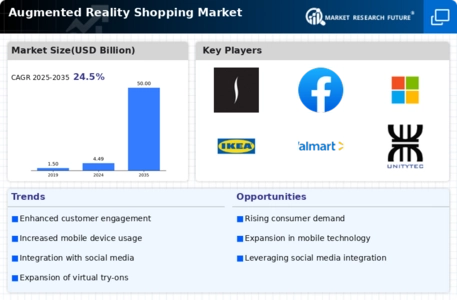
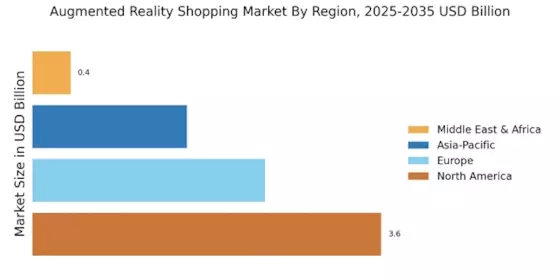
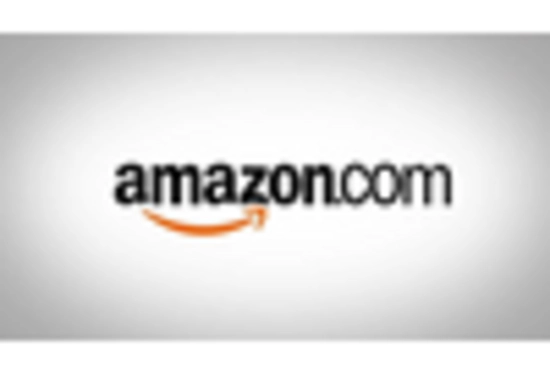
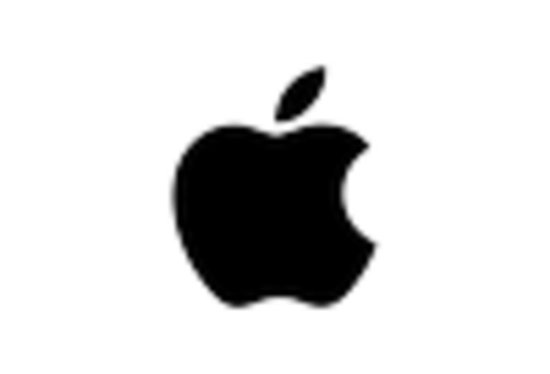
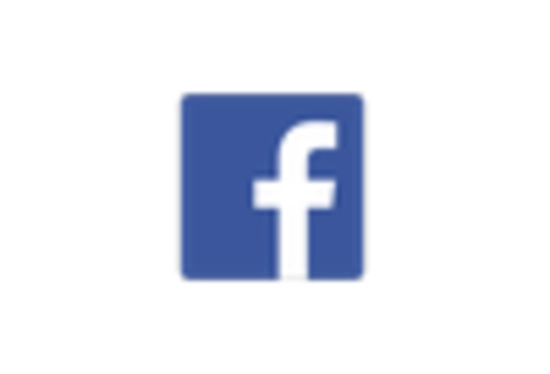
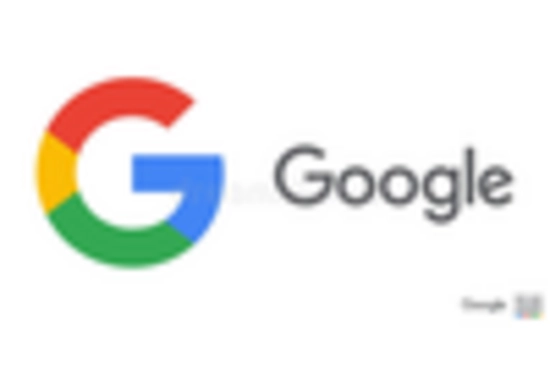
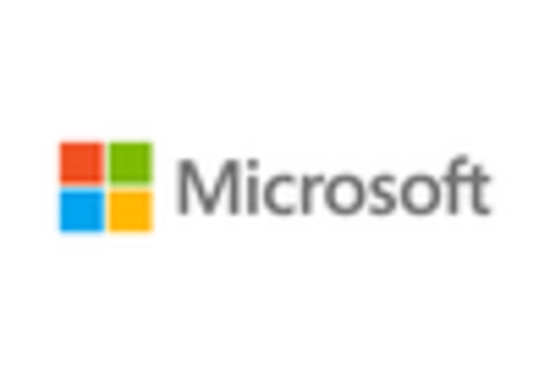
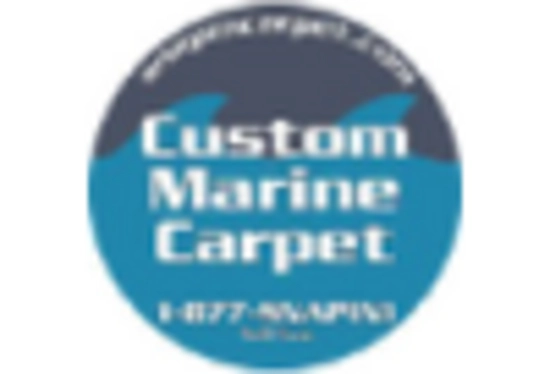








Leave a Comment